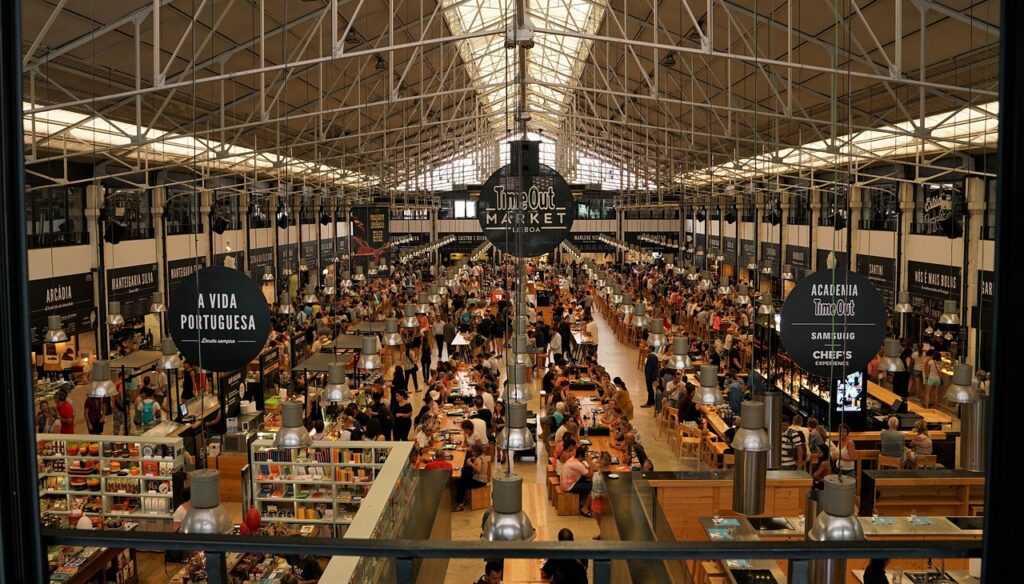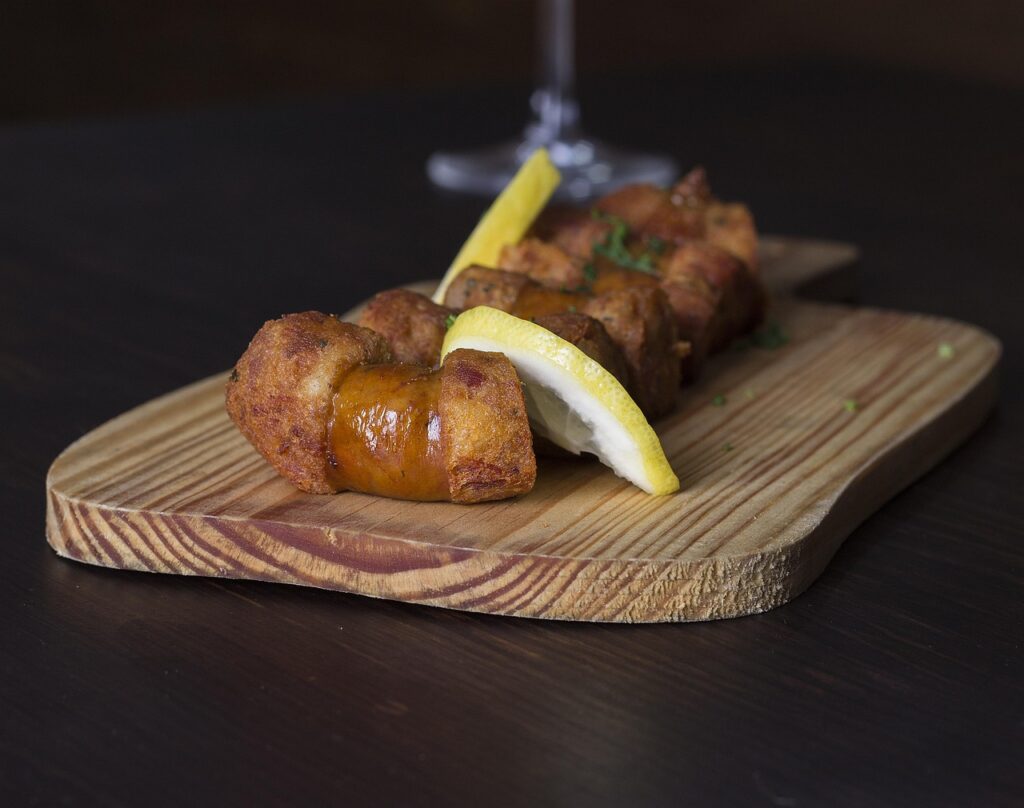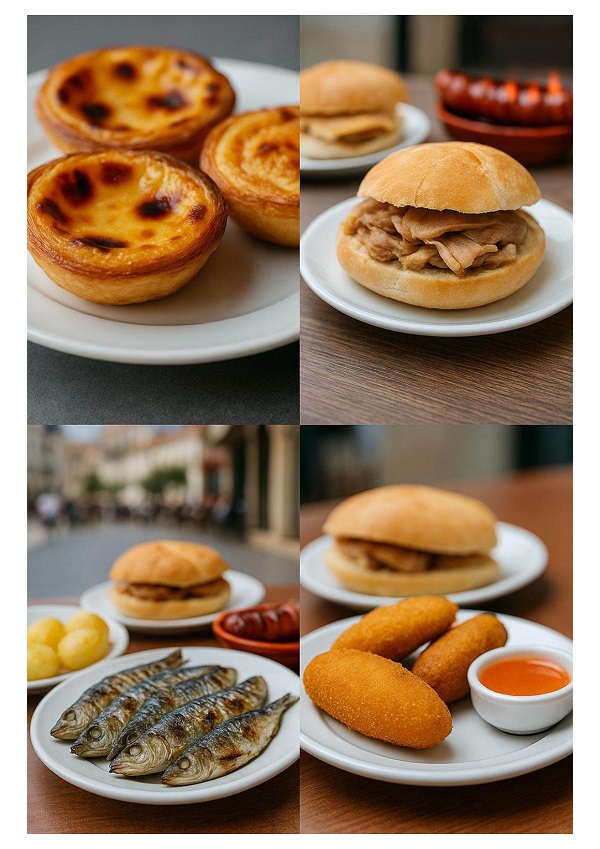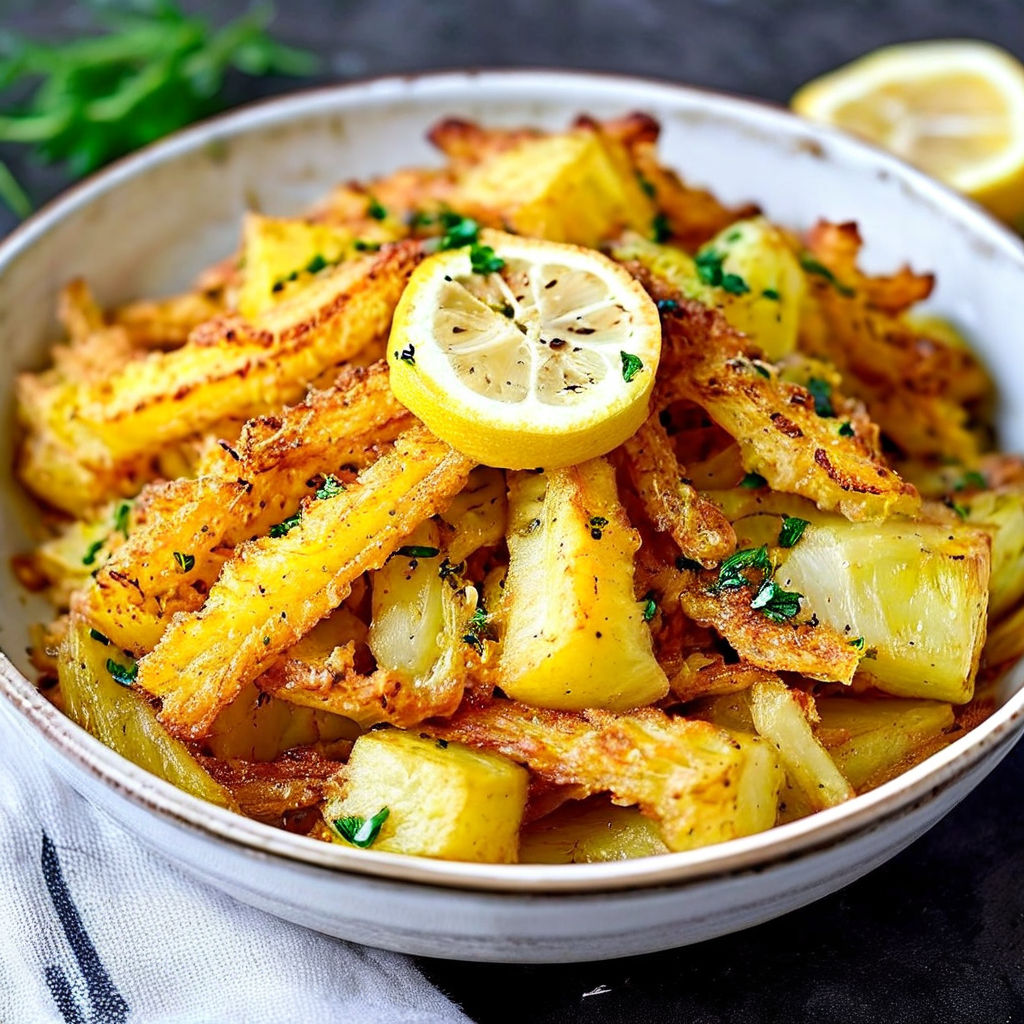Portugal is renowned for its rich culinary culture, and its street food is no exception. From savory pastries to grilled meats, the diversity of Portuguese street food is a reflection of the country’s history and cultural heritage.

The top 10 Portuguese street food dishes are a must-try for any food enthusiast. With a mix of traditional and modern flavors, these dishes showcase the best of Portuguese cuisine. Whether you’re in Lisbon or Porto, you’ll find a variety of Portuguese food that’s sure to satisfy your cravings.
Key Takeaways
- Discover the top 10 Portuguese street food dishes.
- Explore the rich culinary culture of Portugal.
- Learn about the diversity of Portuguese street food.
- Find out what’s in the traditional Portuguese cuisine.
- Get an insight into the must-try dishes in Portugal.
The Vibrant Culture of Street Food in Portugal
The culture of street food in Portugal is a fascinating mix of historical influences and regional variations. Portuguese cuisine has been shaped by its strategic location at the crossroads of Europe, Africa, and the Atlantic.
Historical Influences on Portuguese Cuisine
Portuguese cuisine has been influenced by various cultures throughout history, including the Moors, Romans, and explorers from the Age of Discovery. These influences have contributed to the rich flavors and diverse ingredients used in Portuguese street food. For example, the use of spices like saffron and cinnamon reflects the country’s historical trade connections.
Regional Variations Across the Country
Regional variations are a hallmark of Portuguese street food culture. Different regions specialize in unique dishes based on local ingredients and traditions. In the north, hearty dishes like feijoada are popular, while in the south, seafood is more prevalent. Understanding these regional variations is key to appreciating the diversity of Portuguese cuisine.
By exploring the historical influences and regional variations, visitors can gain a deeper appreciation for the vibrant culture of street food in Portugal.
Navigating Portuguese Food Markets and Street Vendors
To truly experience Portugal, one must navigate its bustling food markets and street vendors, where the country’s culinary identity comes alive. These vibrant hubs offer a wide range of traditional Portuguese cuisine, from fresh seafood to savory pastries.
Popular Food Markets in Major Cities

Portugal’s major cities are home to numerous food markets that showcase the country’s rich gastronomic diversity. In Lisbon, the Mercado da Ribeira is a must-visit, offering everything from artisanal cheeses to traditional Portuguese custard tarts.
Other notable markets include the Mercado do Campo de Ourique in Lisbon and the Bolhão Market in Porto. These markets not only provide a taste of local flavors but also offer an immersive cultural experience.
Understanding Pricing and Etiquette
When shopping at Portuguese food markets or from street vendors, understanding the local pricing and etiquette is crucial. Prices are generally reasonable, with most dishes or products ranging from €5 to €10. It’s customary to greet vendors with a friendly “Bom dia/tarde” (good morning/afternoon) and to inspect products before purchasing.
Best Times to Experience Street Food
The best times to experience street food in Portugal vary by region and season. Generally, lunch is served from 12:30 PM to 2:30 PM, and dinner from 7:30 PM to 9:30 PM. Visiting during local festivals or events can also enhance the street food experience, as vendors often offer special dishes and promotions during these times.
Pastéis de Nata: Portugal’s Iconic Custard Tarts

Portugal’s beloved Pastéis de Nata have a story that spans centuries, rooted in tradition and monastic origins. These custard tarts are more than just a dessert; they are a symbol of Portuguese culture and culinary excellence.
The Monastery Origins
The history of Pastéis de Nata dates back to the 18th century in the Jerónimos Monastery in Lisbon. Monks created these tarts using egg yolks, a byproduct of wine clarification, and other simple ingredients. After the monasteries were closed, the recipe was taken over by local bakeries, becoming a staple in Portuguese pastry shops.
What Makes an Authentic Pastel de Nata
An authentic Pastel de Nata is characterized by its flaky crust, creamy custard filling, and a caramelized top. The custard should be smooth and slightly firm, with a delicate balance of sweetness. Traditionally, these tarts are baked at high temperatures to achieve the signature caramelization.
“The secret to a great Pastel de Nata lies in the quality of its ingredients and the precision of its preparation.”
Where to Find the Best in Lisbon and Beyond
Lisbon is home to some of the best Pastéis de Nata, with iconic bakeries like Pastéis de Belém offering an authentic experience. Visitors can also explore local pastry shops throughout the city to sample variations of this beloved dessert. Beyond Lisbon, other regions in Portugal offer their own versions, each with unique characteristics.
| Location | Recommended Bakery | Specialty |
|---|---|---|
| Lisbon | Pastéis de Belém | Traditional Pastel de Nata |
| Porto | Casa de Pastry | Modern Twists on Pastel de Nata |
Bifanas: The Perfect Portuguese Pork Sandwich

Portugal’s street food scene is incomplete without Bifanas, the mouth-watering pork sandwiches that are a staple in every corner of the country. These delicious sandwiches have gained popularity not just among locals but also among travelers who seek to experience the authentic taste of Portugal.
Tender Marinated Pork: The Secret Behind Bifanas
The magic of Bifanas lies in the tender marinated pork that is slow-cooked to perfection. The marinade, typically a mix of local spices, garlic, and sometimes white wine, gives the pork its distinctive flavor. The pork is then cooked on a griddle, making it juicy and flavorful.
Regional Variations Worth Trying
While Bifanas are enjoyed throughout Portugal, there are regional variations that make each experience unique. For instance, in some regions, the pork is marinated with a hint of paprika, while in others, it’s cooked with a dash of local herbs.
| Region | Variation | Notable Feature |
|---|---|---|
| Lisbon | Classic Bifana | Garlic and white wine marinade |
| Porto | Bifana à Porto | Includes a hint of paprika |
| Alentejo | Bifana Alentejana | Uses local herbs for marinade |
Famous Bifana Shops Locals Swear By
Locals and visitors alike flock to famous Bifana shops that have been serving these delicious sandwiches for years. Some of the most renowned shops include Café Camões in Lisbon and Bifana do Povo in Porto, where the sandwiches are made with love and care, just like home.
Prego: Steak Sandwiches with Portuguese Flair
Prego, a steak sandwich infused with Portuguese flair, is a street food staple that embodies the country’s rich culinary heritage. This beloved dish is not just a meal; it’s an experience that reflects Portugal’s gastronomic traditions and cultural influences.
The Traditional Preparation Method
The preparation of Prego involves tenderizing thinly sliced steak, typically using a marinade that includes a mix of spices, garlic, and sometimes wine. The steak is then grilled to perfection and served on a crusty bun, often accompanied by a fried egg or other toppings that add to its hearty appeal.
Prego vs. Bifana: Understanding the Differences
While both Prego and Bifana are popular Portuguese sandwiches, they differ significantly in their main ingredients and preparation. Bifana features marinated pork, whereas Prego is centered around steak. This distinction gives each dish its unique flavor profile and texture, catering to different tastes among locals and visitors.
Best Places to Enjoy an Authentic Prego
To experience an authentic Prego, one should visit traditional Portuguese eateries or street food stalls, particularly in Lisbon and Porto. Some renowned establishments have perfected the recipe, offering a delicious and satisfying meal that showcases the best of Portuguese cuisine.
In conclusion, Prego is a must-try when exploring Portuguese street food, offering a delightful blend of flavors and textures that embody the spirit of the country’s culinary traditions.
Francesinha: Porto’s Legendary Sandwich
Francesinha, the iconic sandwich from Porto, has been satisfying hunger with its rich layers and special sauce for decades. This beloved dish is a testament to the city’s culinary creativity and its ability to blend various influences into something uniquely Portuguese.
The Complex Layers and Special Sauce
The Francesinha is not just a sandwich; it’s a meal in itself. It typically consists of layers of ham, sausage, steak, and sometimes other meats, all covered in a rich, spicy tomato and beer sauce. The complexity of its layers and the special sauce is what sets it apart from other sandwiches.
The History Behind This Hearty Dish
The origins of Francesinha are traced back to the 1950s or 1960s in Porto. The story goes that it was created by Daniel Silva, a Portuguese cook who worked in France and was inspired by the French “Croque Monsieur.” Upon returning to Porto, he adapted the recipe to local tastes, resulting in the Francesinha.
For an authentic Francesinha experience, visitors to Porto should head to local eateries that have been serving this dish for decades.
Bolinhos de Bacalhau: Irresistible Codfish Fritters
In the heart of Portuguese cuisine lies a dish that embodies the nation’s love for codfish: Bolinhos de Bacalhau. These codfish fritters are a testament to the country’s rich culinary heritage, influenced by its maritime history and cultural traditions.
Portugal’s Cultural Connection to Codfish
Codfish has been a staple in Portuguese cuisine for centuries, with its presence felt across various dishes. The cultural connection to codfish, known as bacalhau in Portuguese, is deeply rooted in the country’s history and its relationship with the sea. Bolinhos de Bacalhau, in particular, represent a beloved snack that is both flavorful and nostalgic.
The Perfect Texture and Flavor Profile
A well-made Bolinho de Bacalhau is characterized by its crispy exterior giving way to a tender, flaky interior. The secret to achieving this perfect texture lies in the preparation of the codfish, which is typically soaked, shredded, and mixed with a blend of ingredients before being fried to a golden crisp. The flavor profile is enhanced by the addition of herbs and spices, creating a deliciously savory experience.
Where to Find the Most Authentic Version
For an authentic Bolinhos de Bacalhau experience, one should visit traditional Portuguese eateries or street food vendors. Lisbon and Porto are cities known for their culinary delights, including these codfish fritters. Some renowned establishments have been perfecting their recipes for decades, offering a taste of Portugal’s rich gastronomic culture.
Exploring these culinary hotspots not only provides a delicious experience but also offers insight into the cultural significance of Bolinhos de Bacalhau in Portuguese cuisine.
Chouriço Assado: Flaming Portuguese Sausage

Chouriço Assado, or flaming Portuguese sausage, is a culinary spectacle that captivates the senses. This dish is not just about the flavors; it’s an experience that combines the elements of fire, drama, and tradition.
The Theatrical Preparation in Clay Dishes
The preparation of Chouriço Assado is as much about the show as it is about the taste. Typically served in clay dishes, the sausage is set aflame, creating a dramatic presentation that precedes the first bite. This method not only adds to the ambiance but also enhances the flavor profile of the sausage.
Regional Varieties of Portuguese Sausages
Portugal is home to a variety of sausages, each region offering its unique twist. From the smoked flavors of the north to the spicier versions found in other areas, Chouriço Assado showcases the diversity of Portuguese cuisine. Understanding these regional differences can enhance the appreciation of this beloved dish.
Best Accompaniments and Drinks
To fully enjoy Chouriço Assado, it’s essential to pair it with the right accompaniments and drinks. Traditional options include crusty bread, potatoes, and a glass of wine or beer. The key is to balance the bold flavors of the sausage with complementary sides that can stand up to its richness.
When exploring Chouriço Assado, don’t be afraid to try different regional variations and accompaniments. This will not only enrich your culinary experience but also provide a deeper understanding of Portugal’s gastronomic culture.
Sardines: The Symbol of Portuguese Summer Festivals
Sardines are more than just a food item in Portugal; they’re a symbol of summer festivals and cultural heritage. The tradition of grilling sardines is deeply rooted in Portuguese culture, particularly during festivals like Santo António in Lisbon.
The Santo António Festival Tradition
The Santo António Festival, held in honor of Lisbon’s patron saint, is a vibrant celebration that features grilled sardines as a main attraction. The streets are filled with the smell of sizzling sardines, accompanied by traditional music and dance.
How to Eat Grilled Sardines Like a Local
Eating grilled sardines like a local involves more than just the food; it’s an experience. Sardines are typically served with a squeeze of lemon, a side of boiled potatoes, and a salad. To enjoy them authentically, one must be willing to get a little messy, as the fish is often eaten directly from the grill.

Seasonal Considerations for Seafood
While sardines are available throughout the year, their quality and flavor peak during the summer months. This seasonality is crucial for the best culinary experience. Understanding the seasonal availability of seafood can enhance one’s appreciation for traditional Portuguese cuisine.
| Season | Sardine Availability | Best Preparation Method |
|---|---|---|
| Summer | Peak season, highest quality | Grilling |
| Spring/Autumn | Moderate availability | Grilling or Baking |
| Winter | Lower quality, less flavorful | Canned or Stews |
By understanding and embracing the cultural significance of sardines, visitors can truly experience the essence of Portuguese summer festivals. Whether it’s the Santo António Festival or other local celebrations, grilled sardines are sure to be at the heart of the festivities.
Sweet Treats: Bolas de Berlim and Ginjinha
Portugal’s sweet tooth is catered to by an array of delightful street food, including the famous Bolas de Berlim and Ginjinha. These sweet treats are an integral part of Portuguese culture, enjoyed by locals and visitors alike.
Beach Vendors and Their Famous Donuts
Bolas de Berlim, or Berlin balls, are a popular sweet treat in Portugal, especially among beachgoers. These delicious donuts are typically filled with a sweet creme or chocolate and are often enjoyed at the beach. Beach vendors can be found selling these tasty treats at popular beaches, making them a perfect snack for a day out in the sun.
The Cherry Liqueur Tradition in Lisbon
Ginjinha is a traditional cherry liqueur that originated in Lisbon. This sweet and tangy drink is made from cherries and is often served in small cups. The tradition of enjoying Ginjinha is deeply rooted in Lisbon’s culture, with many locals visiting the famous Ginjinha bars to enjoy a cup.
Other Sweet Street Food Worth Trying
In addition to Bolas de Berlim and Ginjinha, there are many other sweet street foods to try in Portugal. Some popular options include:
- Fios de ovos: a sweet egg-based dessert
- Pão de ló: a traditional Portuguese sponge cake
- Açorda à alentejana: a sweet bread-based dessert
| Sweet Treat | Description | Location |
|---|---|---|
| Bolas de Berlim | Delicious donuts filled with creme or chocolate | Beach vendors |
| Ginjinha | Traditional cherry liqueur | Lisbon |
| Fios de ovos | Sweet egg-based dessert | Various street vendors |
Dietary Considerations for Street Food Enthusiasts
As you indulge in Portugal’s street food, being mindful of dietary considerations can enhance your experience. Portugal’s street food scene is becoming increasingly accommodating to various dietary needs, offering a range of options for everyone.
Vegetarian and Vegan Options in Portuguese Street Food
While traditional Portuguese cuisine is heavily based on meat and seafood, there are vegetarian and vegan options available. Some popular choices include:
- Roasted vegetables like bell peppers and sweet potatoes
- Vegetable-based soups such as caldo verde
- Fruit like fresh berries and citrus
Many vendors now offer vegan alternatives, such as plant-based versions of traditional pastries.
Common Allergens to Be Aware Of
When enjoying street food in Portugal, it’s crucial to be aware of common allergens. These include:
- Gluten, found in traditional bread and pastries
- Nuts, often used in desserts and snacks
- Shellfish and fish, staples in many seafood dishes
Always check with vendors about ingredients if you have specific allergies.
Healthier Street Food Choices
For those looking for healthier options, consider:
- Grilled fish or seafood, rich in omega-3 fatty acids
- Fresh fruit and vegetable skewers
- Whole grain bread options, when available
Making informed choices can help you enjoy Portugal’s street food while maintaining a balanced diet.
Conclusion: Embracing the Authentic Flavors of Portugal
Exploring the world of Portuguese street food is a culinary journey like no other. From the iconic Pastéis de Nata to the hearty Francesinha, each dish offers a unique taste of Portugal’s rich cultural heritage. As you’ve discovered, the authentic flavors of Portugal are deeply rooted in its history, regional variations, and traditional ingredients.
As you wander through the bustling streets and markets, the aromas and flavors of Portuguese street food will leave you wanting more. Whether you’re a food enthusiast or just looking to try something new, Portugal’s street food scene has something to offer everyone. So, take a bite and savor the authentic flavors that make Portuguese cuisine so beloved.
With this guide, you’re now ready to embark on your own culinary adventure and experience the best of Portuguese street food. Enjoy exploring the local markets, trying new dishes, and embracing the vibrant culture that makes Portugal a food lover’s paradise.
FAQ
What is Portuguese street food?
Portuguese street food is a diverse and flavorful reflection of the country’s culinary culture, featuring dishes such as Bifanas, Prego, and Francesinha, as well as traditional pastries like Pastéis de Nata.
What are the most popular Portuguese street food dishes?
Some of the most popular Portuguese street food dishes include Bifanas (pork sandwiches), Prego (steak sandwiches), Francesinha (a hearty sandwich from Porto), Bolinhos de Bacalhau (codfish fritters), and Chouriço Assado (grilled sausage).
Can I find vegetarian and vegan options in Portuguese street food?
While traditional Portuguese street food is often meat-based, many vendors now offer vegetarian and vegan options, such as grilled vegetables and vegan versions of traditional dishes.
What are some common allergens in Portuguese street food?
Common allergens in Portuguese street food include gluten, shellfish, and nuts, so it’s essential to be aware of these when trying street food, especially if you have a food allergy.
How do I navigate food markets and street vendors in Portugal?
To navigate food markets and street vendors in Portugal, it’s a good idea to understand the local pricing and etiquette, visit popular markets, and try food from vendors that are busy and have a high turnover of customers.
What is the best time to experience street food in Portugal?
The best time to experience street food in Portugal is during the lunch and dinner hours, when vendors are typically busiest and the food is freshest.
Are there any health considerations I should be aware of when eating street food in Portugal?
As with eating street food anywhere, it’s essential to be mindful of food safety and handling practices, and to choose vendors that appear to follow proper hygiene procedures.
What are some must-try sweet treats in Portuguese street food?
Some must-try sweet treats in Portuguese street food include Bolas de Berlim (donuts) and Ginjinha (cherry liqueur), as well as traditional pastries like Pastéis de Nata.
Where can I find the best Portuguese street food in Lisbon and Porto?
In Lisbon, try the Mercado da Ribeira or the streets of the Bairro Alto neighborhood, while in Porto, visit the Mercado do Bolhão or the streets around the São Francisco Church.



